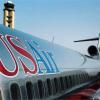
Sign in to follow this
Followers
0

Tutorial #1 - In general, saving settings
By
Nick Dobda, in PMDG 737NGX | 737NGXu


By
Nick Dobda, in PMDG 737NGX | 737NGXu